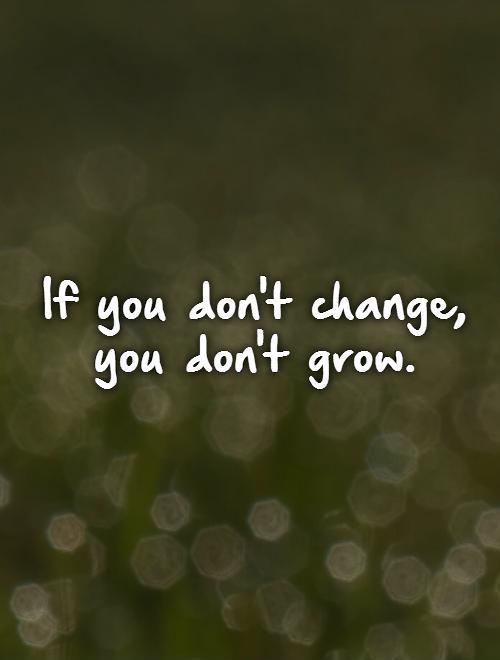Idea 8: Adopt a Rock
Idea 21: Geography Alphabet
Idea 23: Bingo!
Idea 28: Play Taboo
Idea 33: Become a Poet
Idea 36: Wordle Stereotypes
Idea 40: Describing Photos
Idea 51: Landscape in a Box
Idea 60: 10 Questions
Idea 62: Before, Before, After, After
I like the idea of incorporating games into teaching and learning. When students are playing games, they are having fun. My goal is to make learning fun for my students, and what a better way then to play games and learn at the same time! Projects such as Idea 51 allow students to show their creative side. I think this is important. Students should be able to express themselves creatively. How are they able to do this if they are always doing worksheets? They need to have hands- on projects that they can have fun with. Become a Poet will also bring out student creativity. 10 Questions, Describing Photos, and Geography Alphabet are all activities that will help students socially. Students will be in a situation to communicate and work with their peers. Cooperation and good communication among students makes for a stress free classroom environment. These activities will also get the students moving around the room. My 10 favorites are great to keep in mind not only for teaching history, but any subject. Learning should be fun. If learning is not fun, it is less memorable!


